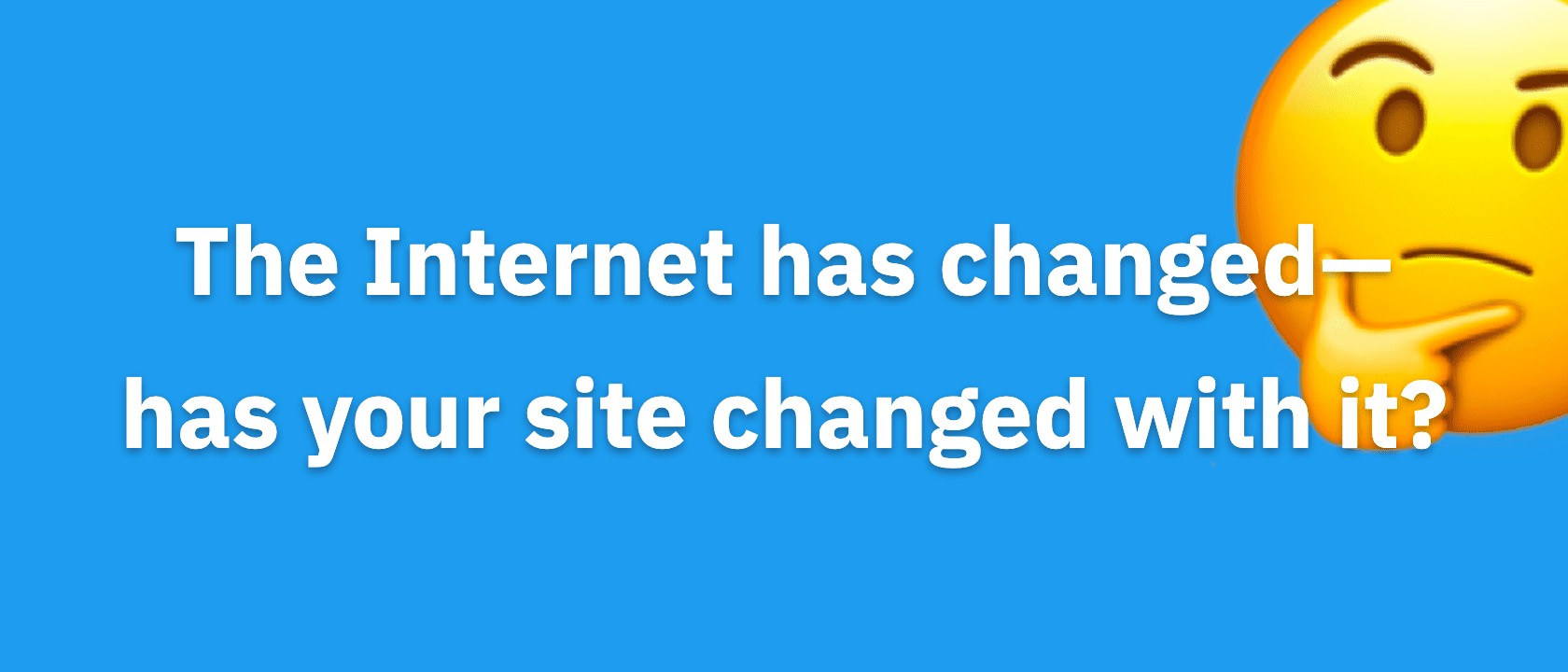One of the most important aspects of your blog design is your sidebar.
For starters, it’s often found on almost every single page—except for your landing pages.
With that amount of exposure, no wonder I say it’s vital.
Question is how do you create a sidebar that’s tailor made to convert your random visitors into loyal subscribers?
3 Characteristics of a High-Converting Sidebar
By now you know I like to break things down into easy-to-implement action steps—and this article is no different.
So what’s the genetic makeup of a high converting sidebar?
Keep reading.
#1 Persuasive Call-To-Action
The only thing that gets more eyeball play than your sidebar is your logo. Given that, make sure you slap a persuasive call to action in your sidebar.
What types of calls to action work?
Well, depending on the type of blog you run, you should either put an email sign up form at the top or an ad (how to place ads in WordPress).
Personally, I’d always put an email signup form there—unless you have a contract with an ad company that requires you to have the ad at the top, of course.
#2 Links to Resource Pages
When people visit your blog, you’ll find they often see your single post content pages first.
Given that, your main goal is to convert these new visitors into loyal fans by either getting them to convert into an email, or to continue reading your content.
How do you get people to read more content?
Link to your best, information-packed resource pages that we’ve talked about right below your main call to action.
(Here are three examples of resource pages: look at email marketing for bloggers, list building 101, or how to negotiate)
Why below your call to action?
Because if people aren’t ready to take action with you, they’re looking for more information.
And that’s why you want your best content right below the call to action on the sidebar.
#3 Links to Popular Articles
What happens if people aren’t ready to dive into one of your information-packed resource pages?
That’s when you promote your popular articles.
You see, popular articles are GREAT it’s implied that other people like those articles too.
And remember, when people have trouble making a decision about a product or information, they look to their peers to see what they’re doing.
Robert Cialdini pointed this out in his book Influence, and he called it social proof. Well, popular articles have social proof baked right into it.
What NOT to Put In Your Blog Sidebar
If you want a blog sidebar that converts, you need to know what to include in it. You also need to know what to avoid.
So…
Let’s talk about what you shouldn’t include on your blog sidebar.
#1 Stinkin’ Badges
I’ll kick this off right. The first thing you should never include in your sidebar are badges.
After all, as they said in Blazing Saddles, “badges? We don’t need no stinkin’ badges!”
But why?
Look at it like this:
You might include a badge of some marketing award, but unless people know who issues that award, chances are they don’t care.
However, if you get recognition from something like Time magazine, or Forbes, or something major like that, a badge from their site might be worth while.
#2 Your Twitter Stream
The point of social media is to build your audience, which means you want social media to send you traffic to your site.
If you put your Twitter stream in your sidebar, you’re sending people away from site.
That’s backwards. So, if I were you, I’d avoid the Twitter stream at all costs.
#3 Links to every social media profile
You all know about analysis paralysis. If you don’t, here’s the quick rundown: if you give people too many options, they often choose to take none of them and walk away.
If you present every single social media profile that you have on your sidebar, people won’t click on any of them.
So, instead, pick one or two social media networks to promote, and only link to them.
(Personally, I’m against linking to social media websites at all on your sidebar, but in some industries I recognize this is necessary. Especially if you’re dealing with business to consumer).
